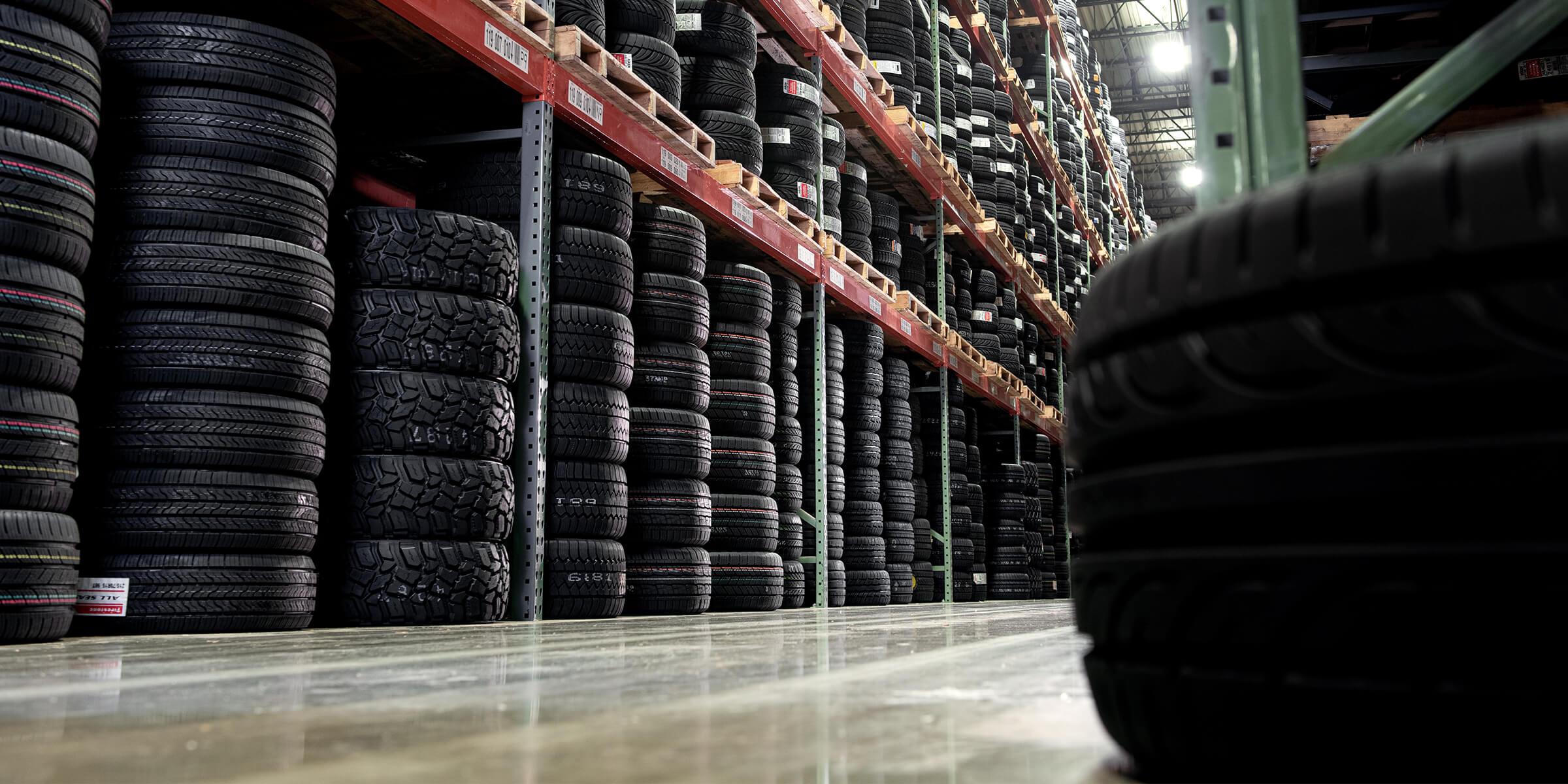Tire Solution: Comprehending Tire Pressure Surveillance Solutions
Recognizing Tire Stress Tracking Solutions (TPMS) is an important facet of keeping optimum lorry performance and safety and security when driving. With developments in vehicle modern technology, TPMS has come to be a standard function in modern-day automobiles, giving real-time information on tire stress degrees. Digging deeper into the complexities of TPMS, one can discover the various elements that comprise this system and the relevance of each in making certain precise surveillance. From direct to indirect TPMS systems, the landscape of tire stress tracking varies, each with its distinct set of considerations and benefits. Remain tuned to unwind the complexities of TPMS, from maintenance tips to the obvious benefits of keeping your tires effectively inflated. discount tires morris il.

Value of TPMS
The relevance of Tire Pressure Monitoring Equipments (TPMS) depends on their capacity to improve car safety and efficiency via real-time surveillance of tire stress levels. Preserving the proper tire stress is important for guaranteeing ideal handling, stopping, and overall safety and security of a car. TPMS gives drivers with immediate comments on any overinflated or underinflated tires, enabling prompt modifications to be made.
Components of TPMS
Sensors are typically located in the tire shutoff stem or connected to the wheel setting up, where they determine tire pressure and transfer data to the control module. Some progressed TPMS models also display the actual tire stress analyses for each tire, providing vehicle drivers with real-time information to make sure ideal tire efficiency and safety and security. By checking tire stress continuously, TPMS assists prevent accidents, lowers tire wear, and boosts fuel efficiency, making it a critical element for vehicle safety and security and efficiency. discount tires morris il.
Kinds Of TPMS

On the various other hand, indirect TPMS go to this site counts on the automobile's wheel speed sensors to keep track of tire stress. This system identifies underinflation by contrasting the rotational speeds of the wheels. Indirect TPMS is less costly than straight TPMS, as it makes use of existing sensing units within the car.
While straight TPMS uses a lot more accurate analyses, indirect TPMS is easier in design and commonly needs much less maintenance. Both systems have their restrictions anonymous and benefits, and the selection in between them commonly depends upon variables such as expense, vehicle make, and personal choice. Understanding the distinctions between these 2 kinds of TPMS can aid car owners make informed choices regarding tire maintenance and security.
TPMS Maintenance Tips
Conduct regular checks on the tire pressure levels and compare them with the TPMS analyses to ensure they are regular. Throughout tire turning or substitute, make sure that the TPMS parts are taken care of thoroughly to avoid any potential damage. If the TPMS warning light illuminates on the dashboard, deal with the issue immediately by inspecting the tire stress and the total system for any mistakes.
Advantages of Proper Tire Pressure
Maintaining proper tire pressure, as stressed in TPMS Upkeep Tips, is important for enjoying the countless benefits connected with optimum tire stress levels. Among the key benefits of preserving the appropriate tire pressure is boosted gas efficiency. When tires are appropriately blown up, there is much less rolling resistance, bring about much better fuel economic situation. In addition, appropriate tire stress ensures also tire wear, extending the life expectancy of the tires and promoting safer driving problems. With the appropriate tire stress, automobiles likewise have far better handling and traction, specifically in adverse climate condition. This can boost overall driving efficiency and safety and security for the vehicle driver and travelers. Maintaining ideal tire pressure can add to a smoother and extra comfy ride by reducing vibrations and sound created by underinflated tires. To conclude, the benefits of correct tire pressure exceed just tire longevity; they encompass enhanced gas performance, improved safety and security, much better automobile efficiency, and overall driving convenience.
Conclusion
Finally, recognizing tire pressure monitoring systems (TPMS) is critical for keeping optimal tire stress and guaranteeing vehicle safety. By acknowledging the value of TPMS, knowing with its elements, recognizing click for more the different types available, adhering to correct maintenance tips, and understanding the advantages of maintaining proper tire pressure, vehicle drivers can improve their driving experience and lengthen the life-span of their tires. Correct tire stress is key to risk-free and effective lorry operation.

Comments on “Morris Tire and Alignment: Your Relied On Resource for Reliable Service”